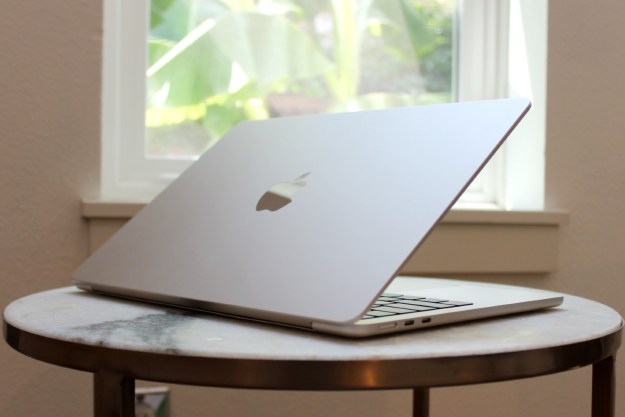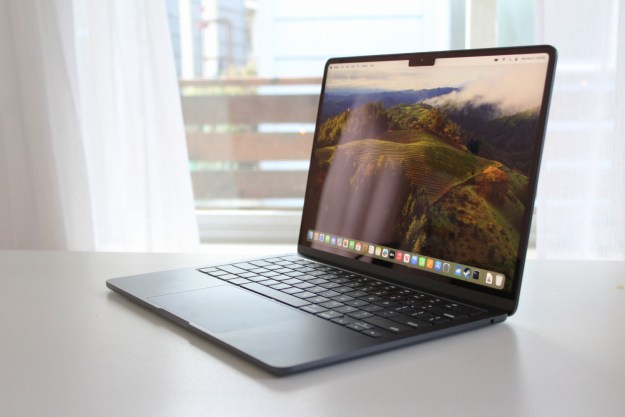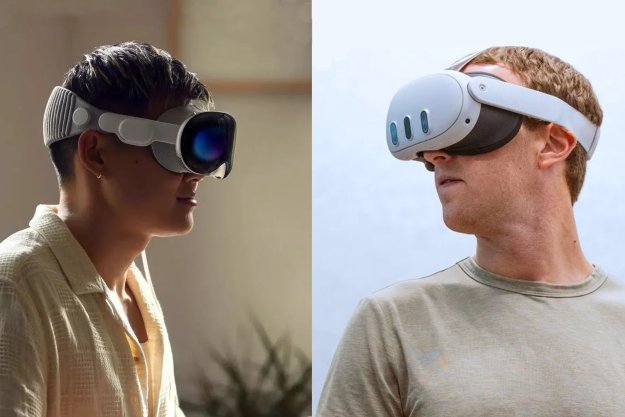The new MacBook Pro‘s increased port selection is reason to celebrate. Even Apple admitted as much during its presentation at its Unleashed event.
But it’s not perfect.

Apple has brought back HDMI and a full-sized SD card slot — both of which are helpful additions to the mix of Thunderbolt 4. The SD card slot is convenient for direct transfers from a camera, while the HDMI port allows you to connect to an external display without using one of your Thunderbolt ports.
But as is noted in the technical specifications, this version of HDMI isn’t the latest. It’s HDMI 2.0 instead of 2.1, which leaves some significant power on the table.
HDMI 2.0 can connect to a 4K display, but is limited to just 60 frames per second (fps). HDMI 2.1 ups the ante to 4K at 120 fps, or 8K at 60 fps. I know that might not sound like the end of the world, but many creator-focused or
Can you call this the most advanced connectivity without HDMI 2.1? Hardly.
As MacRumors points out, it’s a particularly strange misstep since the latest Apple TV includes an HDMI 2.1 port.
To be fair, Apple is likely looking at its Pro Display XDR, which is also stuck at HDMI 2.0 and 60Hz. Apple imagines you using the MacBook Pro connected to three Pro Display XDRs (because who doesn’t have three?), not an Apple TV.
There’s a certain amount of truth to that, but when you’re spending thousands of dollars on a new laptop, you want something you know will last you for the next decade.

Beyond HDMI 2.1, you’ll probably also notice the lack of USB-A ports. These were far less likely to make a return, despite the fact that many accessories still don’t use USB-C.
If you’re coming from a post-2016 MacBook Pro, though, you likely aren’t complaining. You’re probably more excited about being able to connect to more displays and bring over content directly from your camera.
Apple cut back ports to only USB-C back in 2016, much to the duress of the professional community. As powerful as Thunderbolt was, the lack of convenience was the most common complaint from this era of MacBooks.
Editors' Recommendations
- The XPS 16 is fighting an uphill battle against the MacBook Pro
- A new wave of powerful laptops rises to challenge the MacBook Pro
- If you buy one MacBook Air alternative, make it this one
- The case for buying the M2 MacBook Air over the M3 model
- Why you should buy a MacBook Pro instead of a MacBook Air


